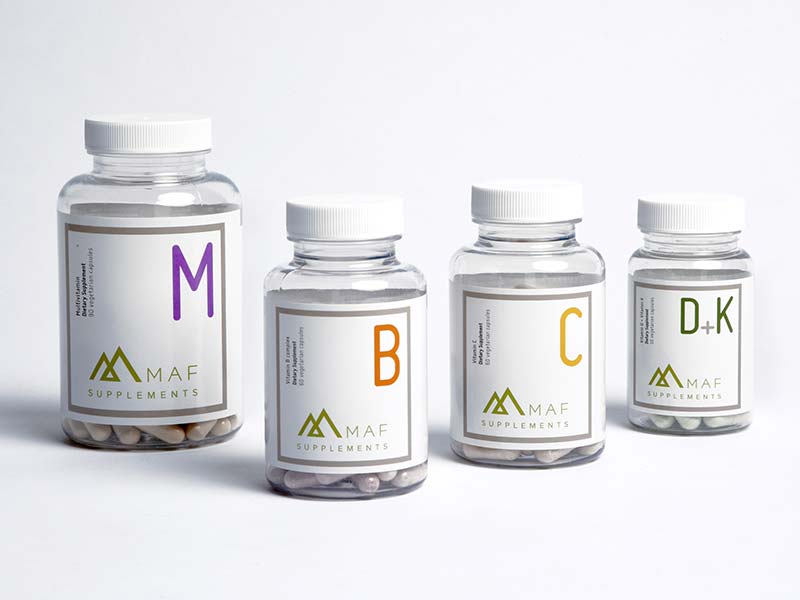Full
Safe. Scientific. Sustainable.
“By far the worst thing you can do is give up before you have even started. Health and fitness is not easy but everyone can achieve it.”
Dr. Phil Maffetone
Coach to Mark Allen – 6 times World Ironman Champion
3 Steps
The 3 pillars of exercise, nutrition and stress are the key to health and fitness and underpin the MAF method. You cannot achieve a strong aerobic system without addressing each of them seriously. The new MAF Foundations course guides you through each step in detail.
MAF Surveys
At the heart of the MAF method are a number of short surveys to assess your risk for key health conditions. As your health and fitness improves (or declines), you can retake any of the surveys to assess your progress.
Step 1: Exercise
Your Aerobic System

A strong aerobic system burns fat for fuel and improves health, longevity, recovery and endurance.
You can build your Maximum Aerobic Function (MAF) by exercising at your MAF Heart Rate. The best aerobic training should be fun, easy and relaxing and you can run, walk, swim or cycle.
Check out the new MAF Foundations course that will guide you through everything you need to know to get started.
View Course
Your MAF Heart Rate
The MAF 180 formula calculates your MAF Heart Rate to guide optimal aerobic development.
Subtract your age from 180, then modify from one of the categories below:
- If you have or are recovering from a major illness (heart disease, any operation or hospital stay, etc.), are in rehabilitation, are on any regular medication, or are in Stage 3 (chronic) overtraining (burnout), subtract an additional 10.
- If you are injured, have regressed or not improved in training (such as poor MAF Tests) or competition, get more than two colds, flu or other infections per year, have seasonal allergies or asthma, are overfat, are in Stage 1 or 2 of overtraining, or if you have been inconsistent, just starting, or just getting back into training, subtract an additional 5.
- If you have been training consistently (at least four times weekly) for up to two years without any of the problems mentioned in a) or b), no modification is necessary (use 180 minus age as your MAF HR).
- If you have been training for more than two years without any of the problems listed above, have made progress in your MAF Tests, improved competitively and are without injury, add 5.
Exemptions:
- The MAF 180 Formula may need to be further individualized for athletes over the age of 65. For some, up to 10 beats may have to be added for those only in category (d) of the Formula. This does not mean 10 should automatically be added, but that an honest self-assessment be made.
- For athletes 16 years of age and under, the formula is not applicable; rather, a MAF HR of 165 should be used.
MAF HR+ Monitor

You will need to use a quality heart rate monitor to exercise at your MAF Heart Rate.

The Risks of Overtraining
The prevalence of no-pain, no-gain is so ingrained that it covers up the damage caused by exercise abuse — most people who exercise experience injuries. While many push for more fitness, they can also become unhealthy in the process.
Anaerobic Training
Only introduce anaerobic training (speed and power) when MAF Tests have consistently improved and your aerobic system is ready.
Step 2: Nutrition
Eat Healthy

In order to successfully build your aerobic system (by exercising at your MAF Heart Rate), it’s vitally important that you pay attention to what you eat and start burning fat for fuel. A healthy diet will also reduce inflammation and prevent carbohydrate intolerance.
Stick to natural foods over junk and anything processed. This means eating a diet rich in plant foods such as vegetables, nuts and seeds, high-quality meats, healthy fats and a smaller amount of low-glycemic carbohydrates.
Vitamin D and Folate are also key ingredients to how well your body functions. It’s important to check with your doctor that your levels are in the normal range. Take the surveys to see if you are at risk.
The Two-Week Test
The Two Week Test will convert your body to burn fat rather than sugar and help diagnose Carbohydrate Intolerance. It is not a diet and should be stopped after 2 weeks.
The test eliminates refined carbohydrates and added sugars, processed foods, grains, starches and most root vegetables, and all fruits and fruit juices. During the test you can eat as much healthy food as desired, adding more vegetables, nuts and seeds, healthy fats, eggs, fish and meat, while avoiding hunger.
Post test:
You can add back (separately and in small amounts) healthy carbohydrates – fruits, unrefined cereals, root vegetables and honey – to test whether they match your body’s needs. If negative signs and symptoms return, it’s best to avoid that food group.
Nutrition Surveys
Take the following 4 surveys to test your risk level for Carbohydrate Intolerance (CI), Inflammation, Vitamin D and Folate deficiency.
Step 3: Stress
Understanding Stress

Stress can cause your health and fitness to deteriorate fast and should not be overlooked.
The brain responds to stress by quickly producing stress hormones, such as those associated with a “fight or flight” reaction. If we don’t recover from this acute stress, they build up, causing health and performance to be impaired in all aspects of life.
3 Types of Stress
Physical stress:
- Too much exercise (over-training)
- Too little exercise
- Sitting too much
- Poor sleep quality/quantity.
Biochemical stress:
- Poor food choices
- Indoor air pollution
- Drug side effects
Mental-emotional stress:
- Social and work related stress
- Unhealthy attitudes such as “no-pain, no-gain
Stress Surveys
Take the following 3 surveys to test your risk level for physical, biochemical and mental-emotional stress.
Free eBook!
Before you start, we recommend that you read the eBook, written by Dr. Phil Maffetone that covers the entire MAF Method.
Check out the new MAF Foundations course
The MAF Method has helped people of all athletic abilities transform their health and fitness. Read their stories here.




